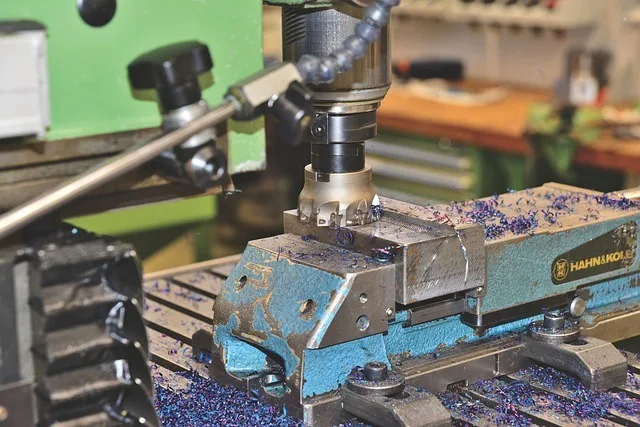
Workplace Injuries from Removed Safety Devices
Workers Compensation and Removed Safety Devices In most instances, workers who sustain injuries while on the job will be covered by workers’ compensation insurance. Often,…


Workers Compensation and Removed Safety Devices In most instances, workers who sustain injuries while on the job will be covered by workers’ compensation insurance. Often,…

Carpal Tunnel Syndrome And Motor Vehicle Accidents Many people are familiar with carpal tunnel syndrome (CTS) as a condition caused by repetitive stress injuries such…

Complex regional pain syndrome, or CRPS, is a relatively recent name for related conditions that have been known by other names in the past, such…

Something about crane accidents capture the imagination and horror of many. When a tragic crane accident occurs, it is often front page news, perhaps because…

Forklift accidents are a major cause of workforce injuries, especially in industrial warehouses. We will examine some of the major causes of forklift-related accidents and…

A pedestrian is injured every 8 minutes in the United States. As a Sacramento Pedestrian Accident attorney for many years, I have handled hundreds…

Proving Liability An important factor in any personal injury claim is proving “liability” — showing who caused an injury and how that happened. In some…

Truck Backing Accidents are preventable. Statistics show that 25% of all trucking accidents involve backing up. Backing is an almost daily activity for most truck…

Classification of Burn Injuries Burn injuries to the skin and flesh can be caused by several things, including chemicals, heat, friction, electricity, and radiation. There…

Sleepiness is just as risky to a driver as is drinking and driving. Bring sleepy is dangerous to the driver and to the other people…

Although the dangers of exposure to asbestos fibers has now been well-known for many years, the several different diseases that may result may not be. In…

Anyone who watched an older building being torn down or remodeled in recent years will have become familiar with the sight of workers performing asbestos…